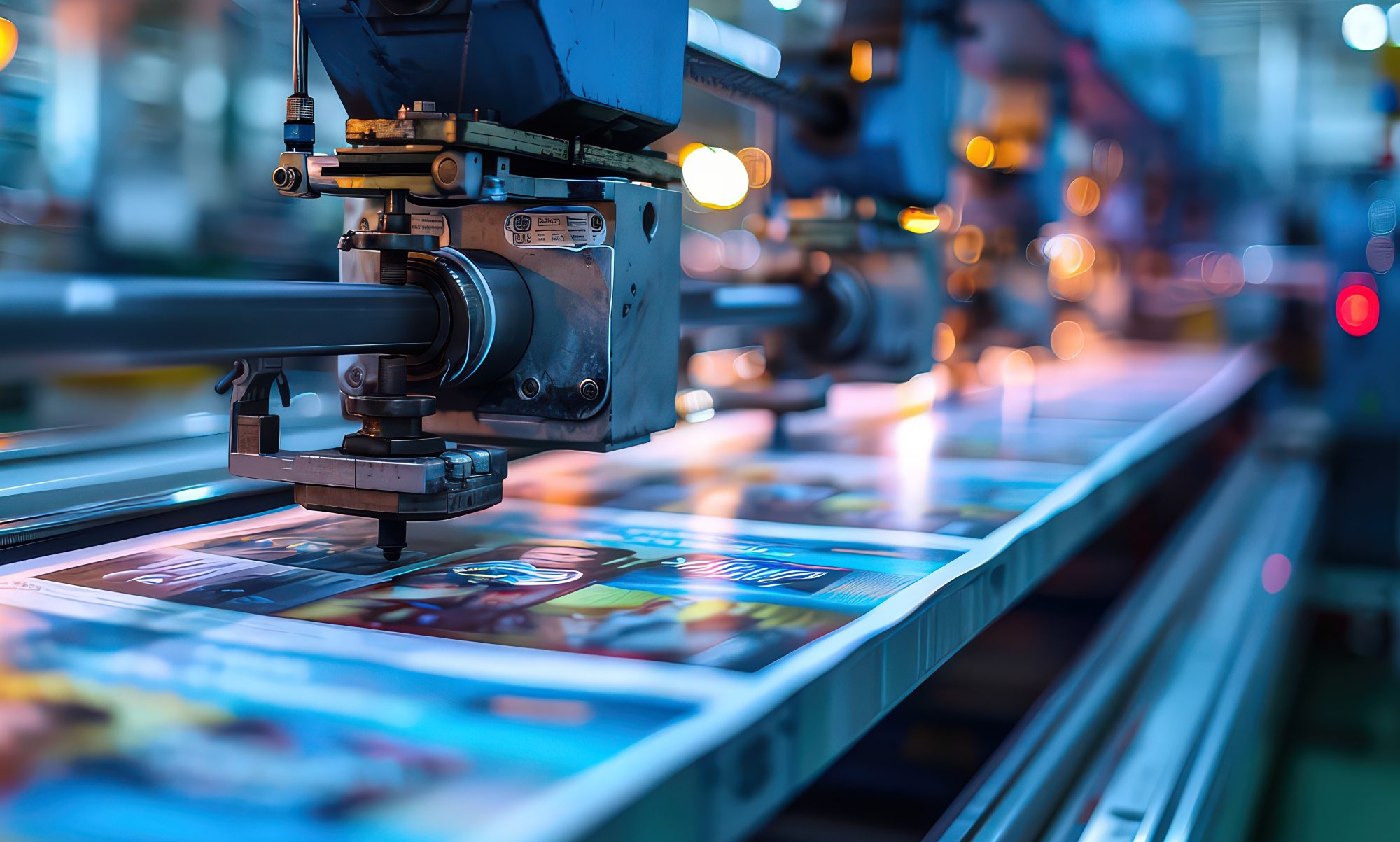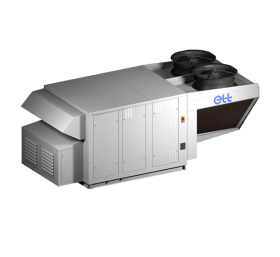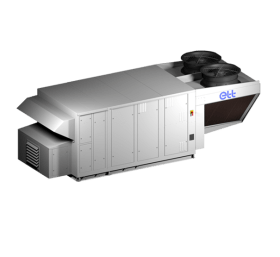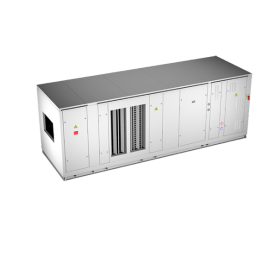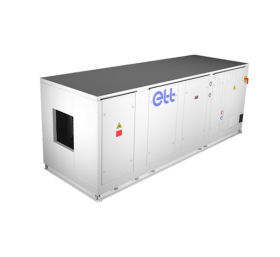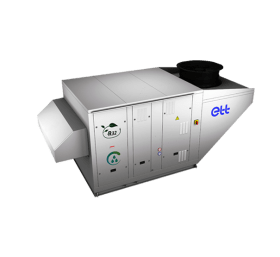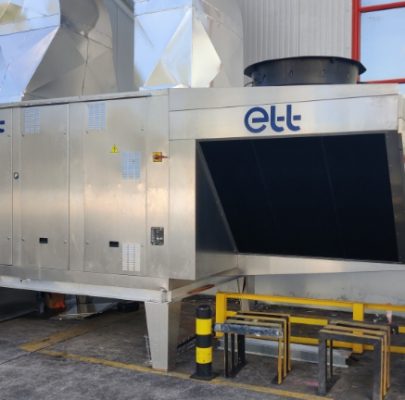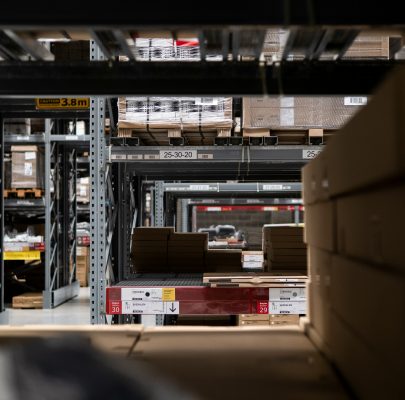Understanding your industry challenges
The printing industry is a diverse sector encompassing several distinct segments.

Print quality and operator comfort.
Air treatment helps eliminate solvents, volatile organic compounds (VOCs) and dust particles to protect workers' health. Adequate ventilation and filtration systems are essential. Additionally, heat recovery and air pressure control are necessary to optimize energy efficiency and ensure a stable, safe work environment.
Rising energy costs can impact profitability. Print shops must therefore constantly improve the energy efficiency of their equipment to reduce costs and carbon footprint.
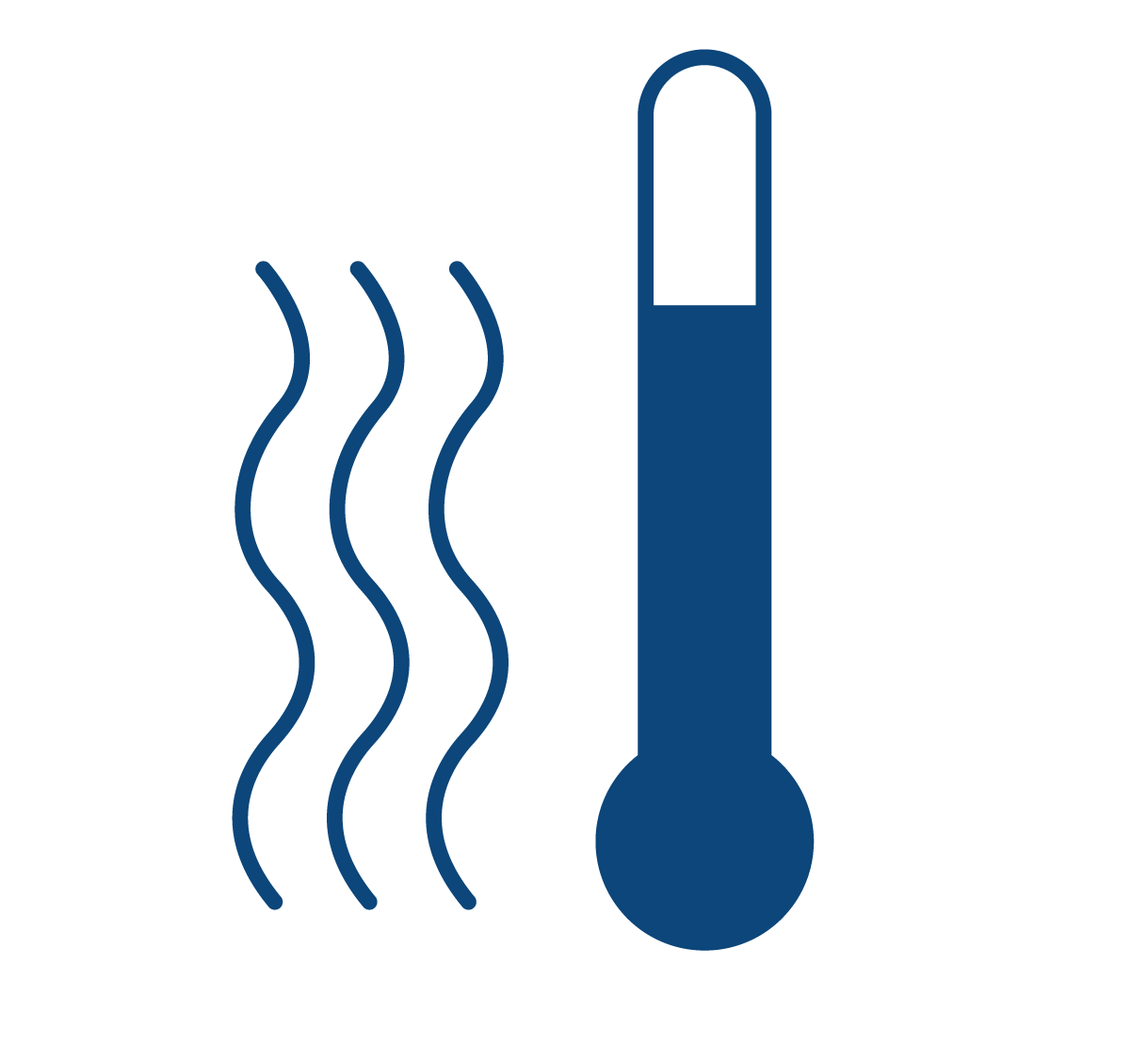
In addition to integrated heating and cooling via our thermodynamic system, it's possible to add supplementary equipment such as:
- Condensing gas module
- Direct or indirect adiabatic cooler
- Chilled water, hot water, steam or CO2 coil
- Electric preheating, heating and auxiliary coil
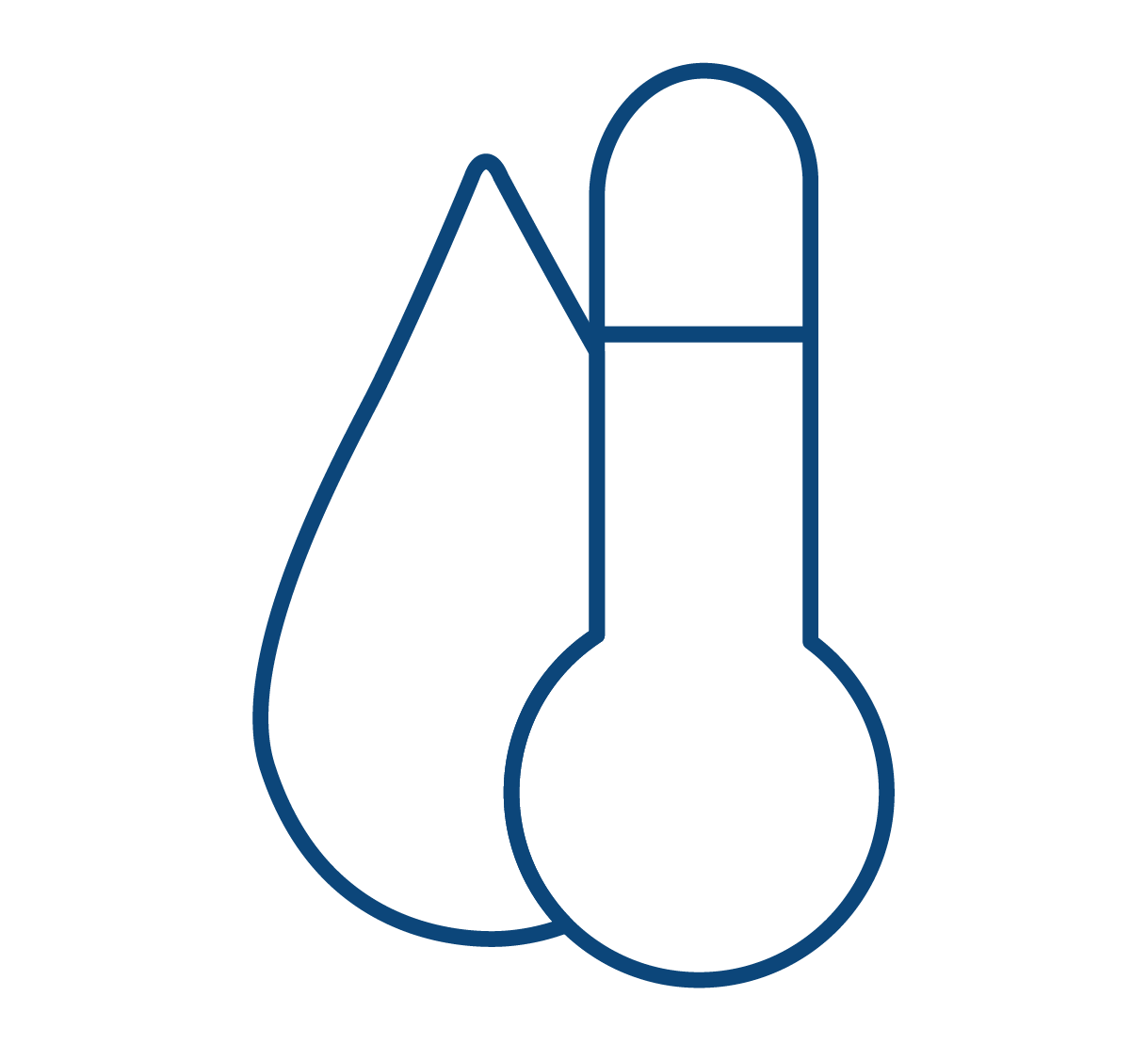
Many industrial applications require ambient humidity regulation. This involves implementing equipment to dehumidify or humidify the air, such as:
- Thermodynamic or desiccant dehumidification
- Steam humidification with or without integrated production
Energy efficiency is a key concern for manufacturers. To this end, ETT can integrate various equipment and control features such as:
- Thermal wheels, plate heat exchangers, heat pipes, glycol coils
- Free cooling management
Managing air flow is essential for proper industrial process operation:
- Air turnover rate / homogenization of temperature and humidity conditions
- Fresh air compensation (process extraction)
- Positive or negative air pressure management
- High pressure air supply
Numerous constraints often require machines to be designed for integration into their environment. ETT's flexibility allows for:
- Custom dimensions and multi-block design
- Reinforced casing
- Anti-corrosion treatment of components and casing for harsh environments
- Aluminum or STAINLESS STEEL casing, paint finish
- Adaptation to acoustic constraints
Air quality is an important factor for operator comfort and production quality, requiring equipment for:
- Particulate and molecular filtration
- Fresh air management
- ATEX (explosive atmosphere) risk management
Recent regulatory developments, particularly the F-Gas regulation, strongly encourage the use of natural refrigerants.
For several years, ETT has been incorporating Propane (R-290) as a refrigerant in various types of machines (air and water-based) such as:
- Air-to-air heat pumps
- Chillers up to 1.2 MW
- Heat recovery chillers
- High temperature heat pumps up to 70°C
Special attention must be paid to equipment control to meet manufacturers' expectations. This is why ETT develops all of its algorithms to offer customized operation.
Additionally, the myETTvision supervision tool allows manufacturers to monitor their machines remotely and in real-time
Your project
New build
Refurbishment
In pictures
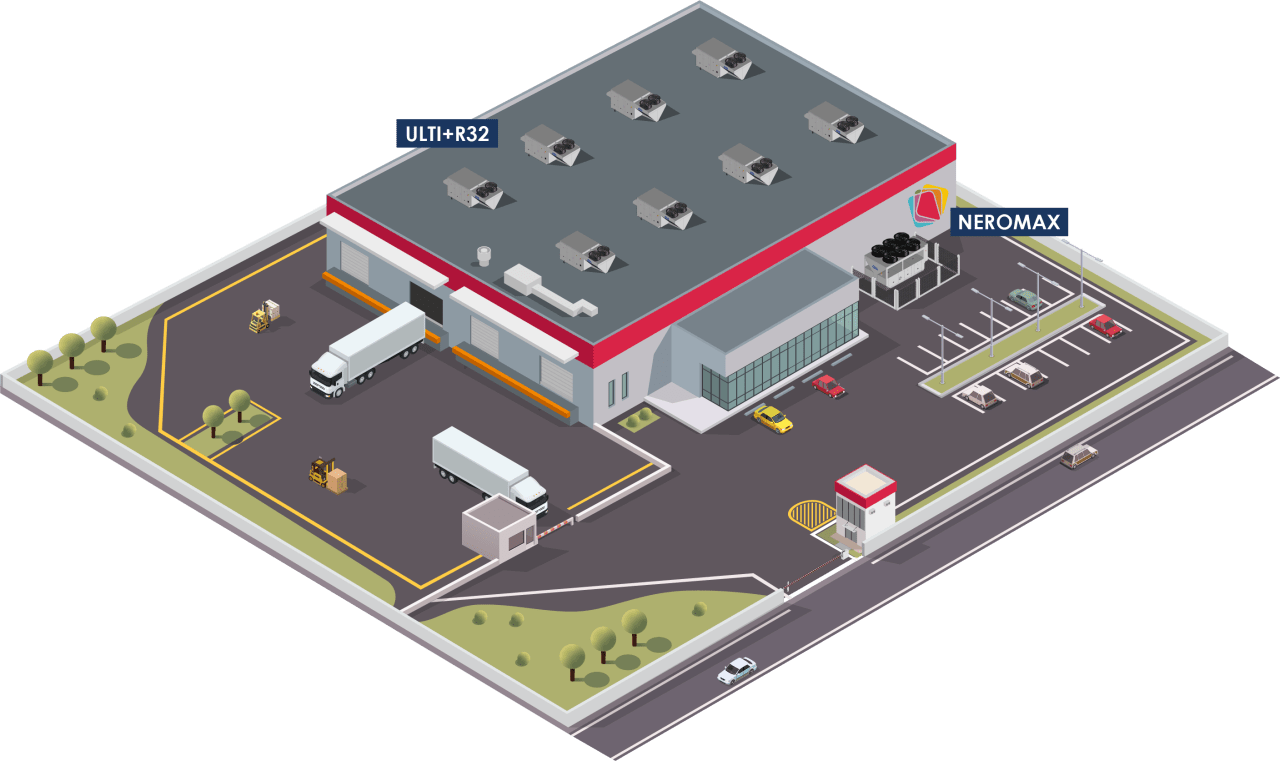
Dedicated solutions
Have a question ?
A project ?
High-Performance and sustainable solutions for the Printing and Graphic Industry sector
The printing industry in France generated revenue of approximately 11 billion euros.
There are about 3,500 printing companies in France.
The sector employs nearly 60,000 people.
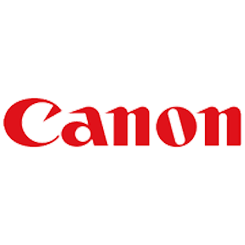
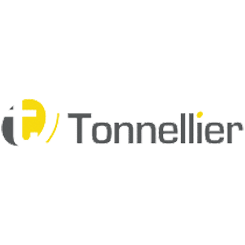
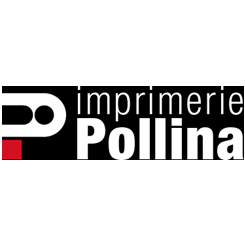

Regulations
In France, regulations concerning air treatment in printing and graphic industry facilities primarily aim to ensure worker health and safety, as well as reduce the environmental impact of industrial activities. Key regulatory points include the need to control and maintain indoor air quality to prevent risks associated with emissions of volatile organic compounds (VOCs) from inks, solvents, and cleaning products used in printing processes.
Companies must comply with specific standards defined by the French Labor Code, particularly regarding ventilation of premises, limitation of pollutant emissions, and management of hazardous waste. Ventilation systems must be designed and maintained to ensure sufficient air renewal and effective contaminant extraction. Additionally, strict standards govern the use of drying and post-production treatment equipment to minimize risks to worker health and reduce the overall carbon footprint of the graphic industry.
French authorities, such as the Environment and Energy Management Agency (ADEME) and labour inspectorate, ensure the application of these regulations to ensure company compliance and protect the environment and public health.



